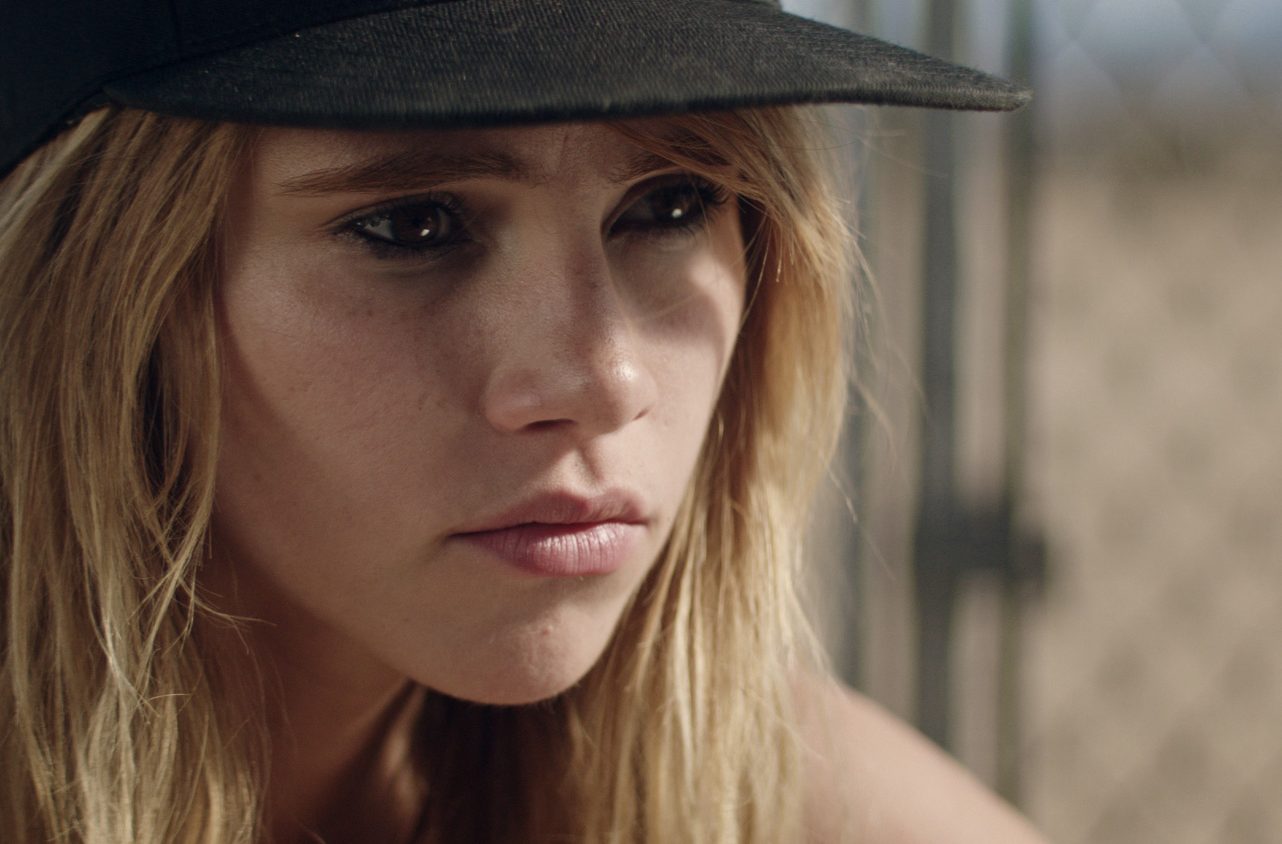Are there still interesting stories to be mined from the notion that we all do — or would do — shitty things to survive? Umpteen seasons of The Walking Dead harp on this note; dystopia as a trend is very much interested in what survival is, what it looks like, what it takes. “Survival is insufficient” reads the Star Trek-inspired tattoo in Emily St. John Mandel’s Station Eleven.
There must be more than just surviving.
But what if there isn’t? That’s a question The Bad Batch might have asked, if it were interested in such questions. Part prison movie, part dystopia and, altogether, a muddle of frowns and numbing violence, The Bad Batch, directed by Ana Lily Amirpour, sits on the opposite end of the spectrum from Amirpour’s debut, A Girl Walks Home Alone at Night.
Girl also borrowed from genres, creating a moody mashup of violent drifting and connecting. But where Girl built characters, Batch coasts on tone, with middling results.
The tropes of dystopia, or of any genre, grow well worn over the years. Hyperspace travel and intriguing alien species are no guarantee you’re going to make Star Wars; harsh desert wastelands and misbehaving loners are no guarantee you’re heading down a Mad Max road (or even a Tank Girl road).
As optimistic writers sometimes say, a story might have been told before, but only you can tell your version of that story.
Amirpour’s version focuses on a young woman, Arlen (Suki Waterhouse), who for unknown reasons gets sent to the empty desert that serves as a prison in an unspecified future. She’s joined the bad batch, which presumably consists of all the people deemed unfit to live in whatever is left of society.
We are likely meant to believe that being put into the bad batch has been a self-fulfilling prophecy: The desert is full of cannibals (presumably out of necessity); a moderately safe haven is a sort of breeding ground for a rather self-important man (Keanu Reeves in full pornstache); Giovanni Ribisi and Jim Carrey wander and scavenge; Diego Luna silently spins records, which he transports in a giant boom box that is one of the movie’s rare delightful images.
Arlen wanders through this landscape, getting revenge and/or misdirecting her rage in turn. She disrupts (to put it mildly) the family unit of Miami Man (Jason Momoa), with whom she develops a connection built largely on their shared ability to squint attractively. There is a terrible rave (in the future all parties are terrible raves), a lot of violence and even more worn-out cynicism.
What might it look like — what might a lot of our narratives about displacement and the rejects of societies look like — if we imagined it was cool (“cool” in air quotes, like “edgy”) to imagine empathy rather than a cynical squint? These stories are starting to all sound the same: Person does terrible things to survive; we care about them anyway.
Amirpour gives us little reason to care (apart from Miami Man’s nice portraits of his daughter, maybe) and so, instead, I wondered: What if a person tried not to do terrible things? What if a lot of people thought that way? What if hope could be cool? What would that look like? Why are the challenges in creating a less shitty outsider society so much less interesting?
What if we’re not all assholes, in the end? (Broadway Metro)
